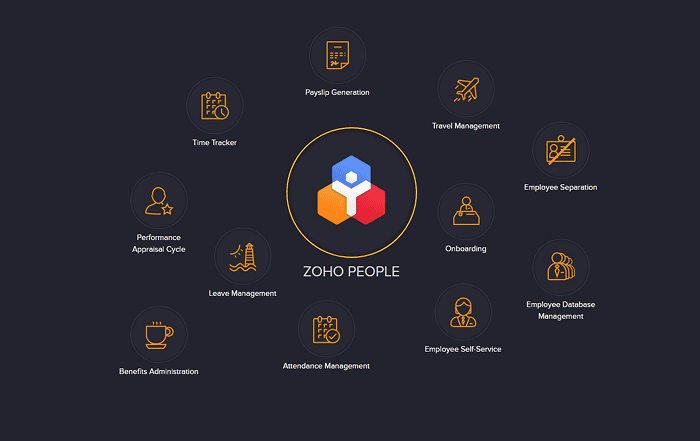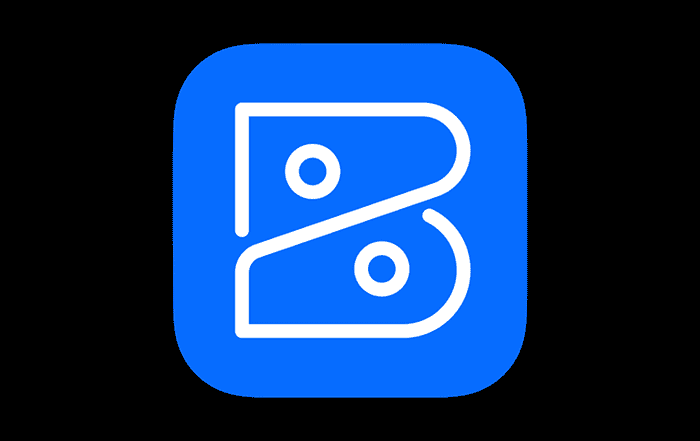
In the past few years, responsive web design has been a hot topic for designers and developers alike. Responsive design is a way to build websites that look great on any device – from mobile phones all the way up to desktop computers. In this article, we’ll take a quick look at how you can implement these elements into your own sites.
What is Responsive Web Design?
The responsive methodology implies an active use of fluid grids between breakpoints, flexible images, and media queries in order to provide a clear user experience throughout the whole website design process. It should respond to different devices’ form factors, screen sizes, resolutions, and orientations making it convenient for users to access information via mobile phones or tablet computers with touch-friendly controls which are scaled automatically depending on the actual screen size.
Responsive web design can be implemented using different methods, each one having its own advantages and disadvantages but all aiming at the same goal: delivering optimal viewing experiences across various technologies to ensure continued usage of your website.
Importance of Responsive Web Design
RWD has become necessary because of the lots of people who now access web pages via mobile phones or tablet computers instead of computers, so it’s crucial to make a website that will display well on those small screens, without having the text or images too tiny or looking weird. The most important thing in an RWD is the layout grid, which must be flexible and adapt itself to multiple screen sizes.
Essential Elements of Responsive Website Design
- Mobile Navigation
If you want people to be able to access the website even if they are using their handheld devices, then it is important that you put a menu or an option for them to be able to do so anytime and anywhere they go. There are several options on how this can be done, but one way is by making use of an m-dot version or a mobile version where all the links on the regular site have been transferred here. This way, users from mobile devices will not experience any hassle when trying to do some browsing using their devices.
The navigation of the main website needs to replicate on its mobile site; this can include links to key parts of your site (such as contact details, about pages, etc.) It is important that these links are easy to find and simple to use on both full-size and mobile devices. If your website uses drop-down menus or sub-menus, make sure they work well with small screen sizes; alternatively, think about using an entirely different menu structure based on categories or tags.
- Fluid Grid
This grid system allows an element of layout adjustment while maintaining consistency across platforms. This includes images or videos within articles or posts, which may appear larger or smaller depending on the user’s device size. The grid automatically adjusts accordingly to fit each unique user’s screen size.
The main purpose of making use of a fluid grid is to provide effective and appropriate spacing for different elements such as images and links. Especially for those who are using handheld devices, it would be hard for them if there will be too much clutter on the website which will make the display smaller and harder to read or see clearly. With that said, you need to put into consideration that if you want your users to take advantage and enjoy all the benefits which come with great design, then it is important that you should start off by having a responsive web design layout first before anything else.
- Flexible Images
Flexible images give the impression of faster-loading pages because they require less bandwidth than other types of images (such as PNGs) do, which also reduces file size. For websites that receive a high volume of traffic, this is an essential feature one should look for when selecting a web host provider. Also, though this benefit doesn’t seem like much on its own, it does help speed up page load time overall.
This is very helpful on responsive websites because images will always show up properly (and look good) without any extra work from web developers. A developer also doesn’t need to worry about having different versions of an image for each screen size or device because it automatically resizes based on what available space there is — again, all automatically!
- Media Queries
Media queries are chunks of code that tell a browser how to present content in response to certain criteria, such as screen resolution and browser width. One good example of this is the media query called “Bootstrap.” Bootstrap allows for responsive web design by giving users alternate views to browsers depending on device size and orientation (portrait or landscape).
Media queries are one of the more important aspects of responsive website design. Media queries allow for different layouts on a mobile, tablet, and desktop devices by only specifying CSS rules for specific device widths ranging from 320px to 1800px (in most cases). For example, you could define one set of styles for mobile devices which is automatically overridden on tablets or desktops with another set of styles suited specifically to each type of device orientation (landscape or portrait), thus creating an optimal viewing experience that caters to what visitors are using to access your site
- Use of White Space and Padding
White space and padding refer to having more room between elements on a page. This has great benefits: it makes pages look less cluttered and thus encourages visitors to read articles or click-through links/buttons presented on the page. These white spaces also keep text away from the edge of their container boxes so as not to create gaps, which can be distracting for readers amidst what could otherwise be a visually appealing design.
While white space between elements is not required, it is a good design practice to add this non-essential space. Similarly, the use of padding between elements will add visual interest and enhance the user experience on smaller screens.
Conclusion
Responsive Web design (RWD) is an approach to web design aimed at allowing desktop pages to be viewed in response to the size of the screen that is being used to view them. Traditionally, web designs are produced primarily with a desktop computer in mind, which can lead to a website being difficult to use when viewed on a smaller device such as a mobile phone or tablet. Responsive design aims to resolve this issue by using fluid layouts along with media queries and intelligent,media-query breakpoints according to the viewing browser’s capabilities.
If you’re looking for a website design company that can help your business grow and prosper, look no further than Pixel Street- A Web Design Company in Kolkata. Our talented designers enjoy creating tailored solutions to suit any industry or goal while keeping in mind what is best-suited long term because our expertise knows no bounds!







